They travel as stowaways in cargo planes and ships or cross continental borders as pets and livestock, and then go on the run. “Invasive species” is the name given to animal and plant genera that depart their original habitat and invade other habitats. They are considered a nuisance above all because they threaten native species in their new homes. The North American ornate box turtle is such a case, as are the tree of heaven and the Japanese perennial knotweed. So are some crustaceans, including the Chinese mitten crab, the spiny-cheeked crayfish and the American red swamp crayfish. The latter hails from the Gulf of Mexico and the Mississippi lowlands, but also feels perfectly at home in Berlin. This crayfish is particularly prevalent in Tiergarten as well as Britzer Garten, a park in the Southern part of the city. The fact is, the American red swamp crayfish tastes great. Its meat is firm and tender and tastes very similar to lobster. This fact has led a young trio from Berlin to the following conclusion: If we can’t drive invasive species away, we should eat them! To put things more precisely, management consultant Lukas Bosch, his wife Juliane Bosch and restaurateur Andreas Michelus founded their company Holycrab! almost two years ago, and have been making “food for plagitarians” ever since.
KTCHNrebel spoke with Lukas Bosch about the idea of hyperlocal gourmet street food, changing minds about “edibility,” and whether we can combine enjoyment and ethical action in an eco-culinary win-win situation by eating invasive species.
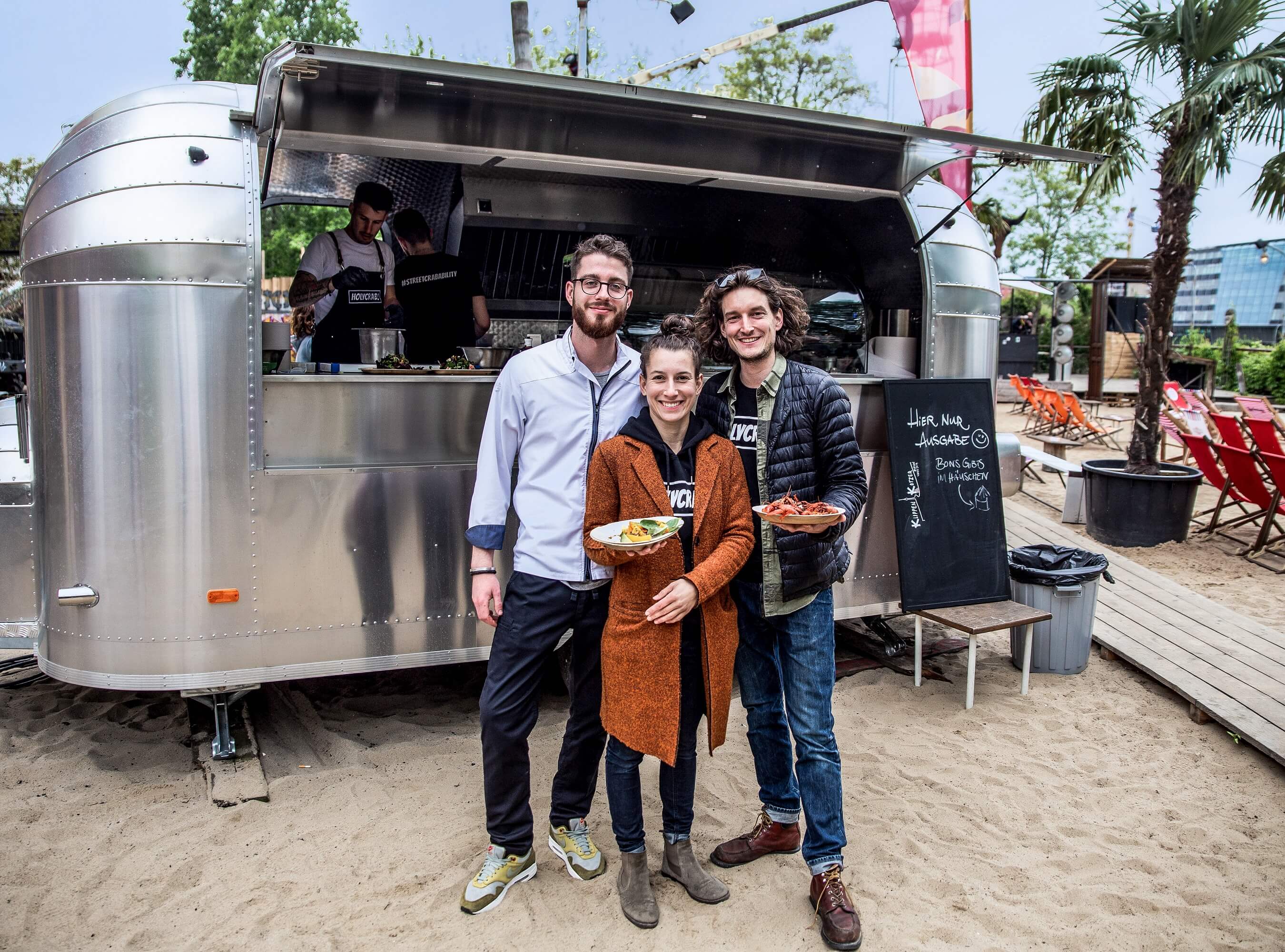
„Holycrab“ founder Andreas Michelus, Lukas and Juliane Bosch | Image: FoodFrames
Although you’re new to the gastro biz, your idea to offer hyperlocal gourmet street food won you the German Gastro-Gründerpreis 2019. Were you just at the right place at the right time?
Yes, it was definitely already in the air. After all, up to now we have actually been involved in management consulting and futurology. In this context, we are of course interested in the possibilities of social innovation in general. In 2018, we came across an article in a Berlin regional newspaper about the invasion of the American red swamp crayfish, and a chef friend told us that this crayfish species enjoys cult status in Louisiana. That’s when we sensed that there might be more to this situation, and we found this paradox intriguing.
The paradox that the crayfish is considered a pest in this country, and a delicacy elsewhere?
Right. On the one hand, we have a delicacy that is imported to Germany, for example, from Israel as well as China. If you look in the frozen food aisle at Ikea at the right time of year, you’ll find this American swamp crayfish there, too – but in that case, it comes from Chinese farms. The Chinese mitten crab is an even more absurd example. In China, it is considered an outright luxury good. They pay the equivalent of $40 each for a large wild-caught crab. Because of the poor quality of the water in China, there are not enough wild stocks, which is why the animals are bred. But here, the population of wild mitten crab is exploding! This is also an indication of our good water quality. In fact, China is already considering reimporting the crab.
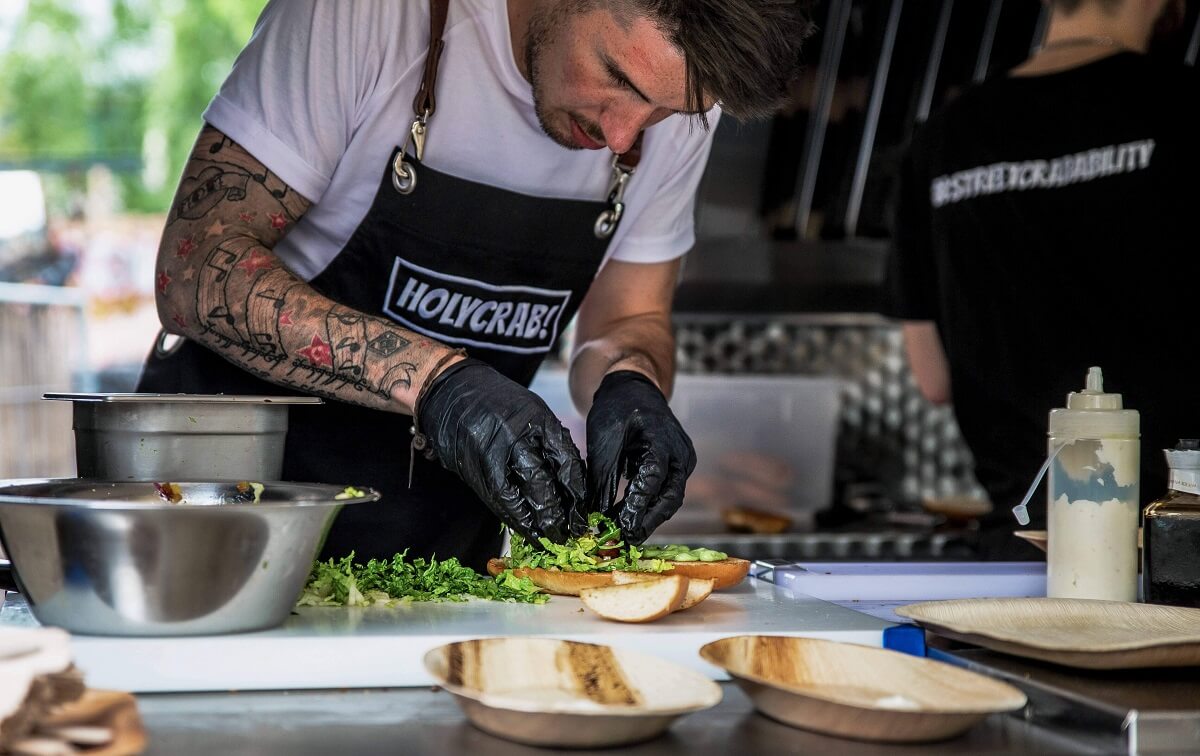
Image: FoodFrames
What does your concept look like?
In the beginning, as I said, the crabs were already here. We procured and test cooked them together with two chef friends. In our research about other invasive species, we came across wild boar, raccoon, Egyptian goose, Canadian goose, and Japanese knotweed, all of which have great potential in the kitchen. However, since we didn’t have a restaurant or a family tradition in gastronomy, we asked ourselves how to get our footing in this field as nimbly as possible. That’s how we came up the food truck idea. The advantage here is that you have a lot of flexibility. For example, you can make standard street food, but you can also do catering. We have been able to create good synergies thanks to our trend lectures. The shift of perspective we were talking about was no longer just theory, we were also able to bring it to life by tasting it and enjoying an epicurean experience. After all, sensory experience is often missing from presentations about the future and innovation.
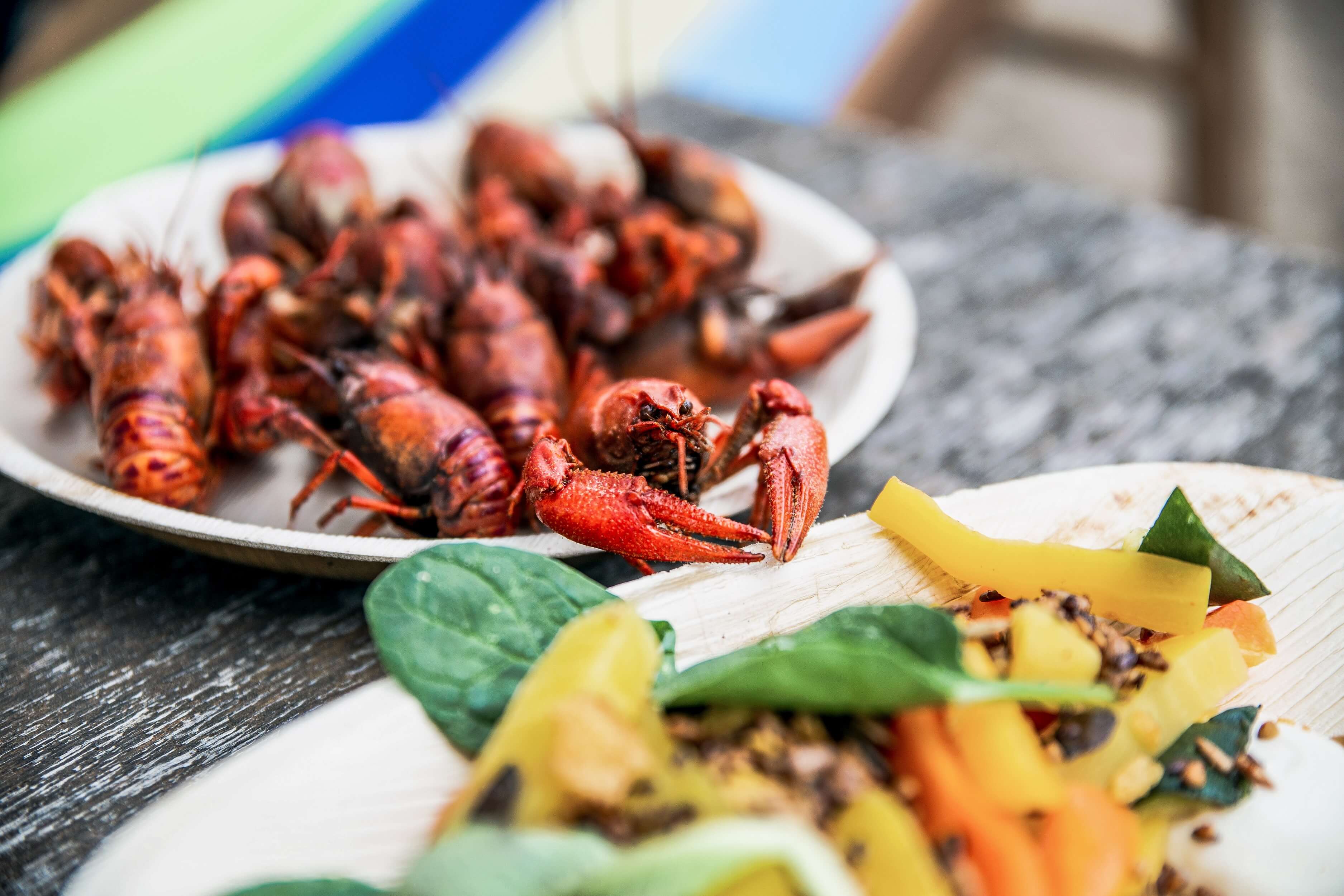
Image: FoodFrames
Back to the motto we’re going to start eating a few plagues now. Weren’t you also met with skepticism?
The lines between “disgusting” and “edible” have now started to shift. Many people have already been to Asia, and some have even sampled insects. This has made a difference. We also had Andreas, who has worked here in Berlin at the Hotel de Rome and the Hotel am Steinplatz, and also cooked at the Mainly for the VW board members. This means we had a chef from the upscale gastronomy sector on board, which has certainly helped overcome any reservations people may have had about the project. However, with this standard, it is enormously difficult to offer prices that are acceptable in the street food sector. After all, even if they are “plagues,” these products are still most definitely not free. We’re talking about trap fishing here, and it’s pretty costly and time-consuming. The crayfish we harvested ourselves, here in Berlin.
So it doesn’t spoil anyone’s appetite to have food on their plate that is referred to as a plague?
Another question: What exactly is a plague? Science has two perspectives about this. In the Anthropocene epoch in which we live, the ecosystem is undergoing constant transformation through global tourism, environmental impacts and climate change. You can take these changes for granted and say to yourself, oh, what’s this? This seems to be something new. What does it taste like? In this approach, the word plague is not mentioned at all. And then there is the conservative, preservationist worldview. We see changes in the ecosystem and if we can’t fight them, we talk about a plague. So it’s a matter of opinion.
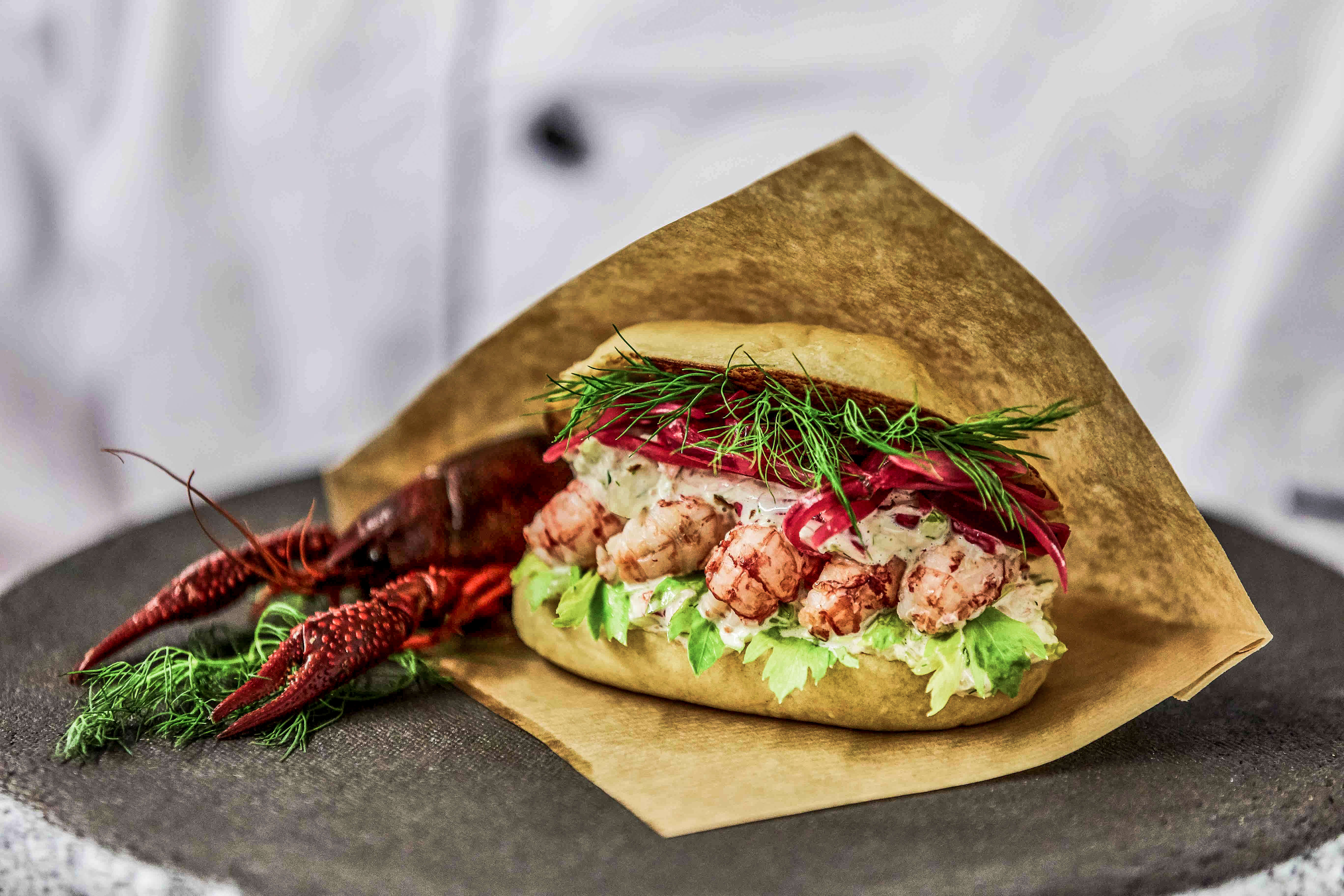
Image: Nino Halm
Your food truck was received enthusiastically. You gave us Pasta Frutti di Plage and Crabs ‘n’ Cripples – and then came Corona.
Yeah, that’s true. But the pandemic pushed us in a direction we wanted to go anyway, both in terms of economy and ecology. Actually, we had already asked ourselves the following questions: Do we want to just be a weird restaurant on wheels, the only one in the world that serves up invasive species? Or do we want to have a bigger influence? In the end, we decided we wanted to create positive momentum on a larger scale than is possible with a food truck. Therefore, we decided to become more involved in products, or more precisely, we decided to create a crab essence. In J.Kinski, we have found a partner that enables us to launch products as part of a joint venture. You might know J.Kinski – they got into bone broth just as the hype was taking off.
How is your crab essence produced?
For the crab essence, we cook the Chinese mitten crabs in a vat for 24 hours together with organic tomatoes and onions, among other ingredients. This year we want to make a gastro variant that is made only with crab and no vegetables – this will give chefs the opportunity to use the product without any influence on its flavor. Crab essence is a great niche, but it’s definitely a niche. Crustaceans themselves are already a niche product in Germany.
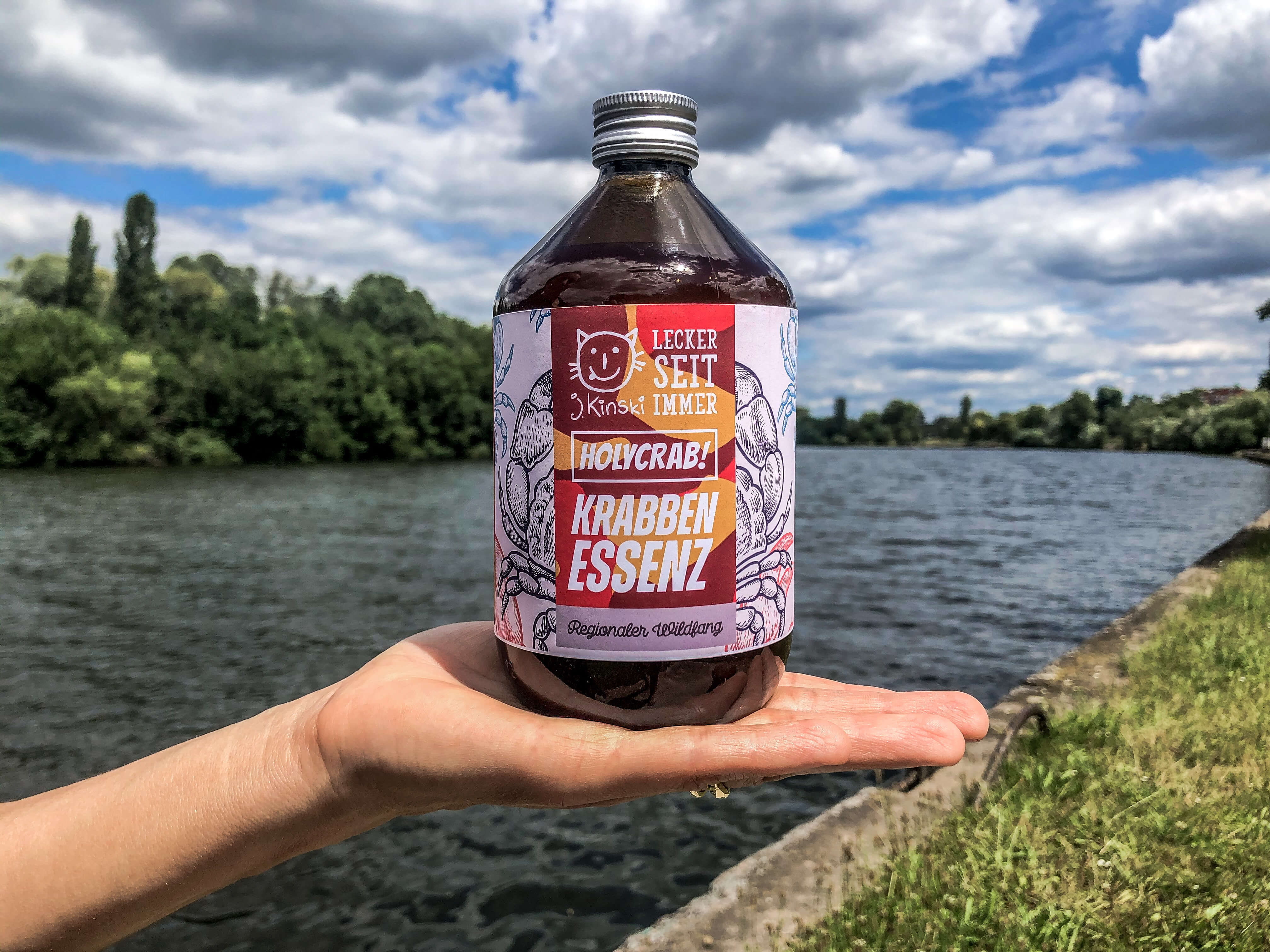
Image: Holycrab
Do you have another product in your portfolio?
Yes, a walleye essence. This may sound like a contradiction, since walleye is actually an endangered fish species. However, at the Müritz, where we get it from, there are healthy stocks. Besides, only the walleye fillet and cheeks are usually used; the rest is discarded or processed into fish meal, which is a shame considering it is a high-quality edible fish. Of course, many raw materials can become resources. For example, bakers usually do not know what to do with their unsold spelt products. Up to now, wheat has primarily been processed into breadcrumbs. However, in the organic world, spelt is a very highly valued grain. We are thinking about making spelt breadcrumbs as well. And that’s just the tip of the iceberg of what’s possible. As an advanced and highly civilized species, we should be able to perceive – and then close – certain loops in the food industry. Not only would this be sustainable, it would be a true win-win situation for everyone involved.


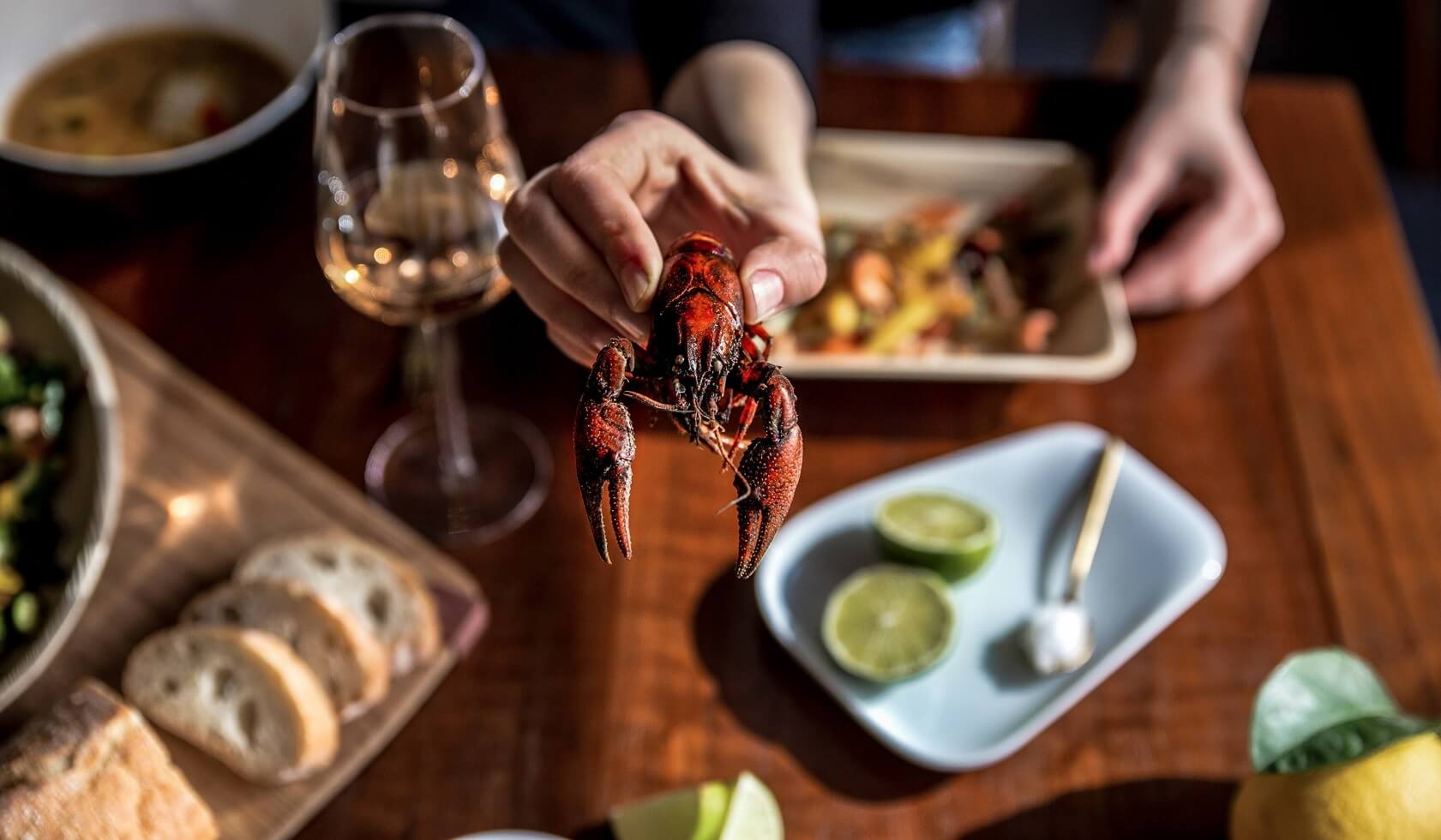







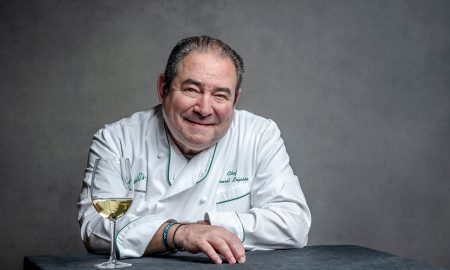
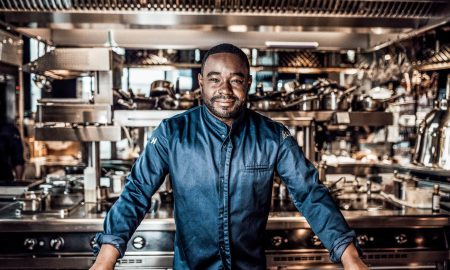
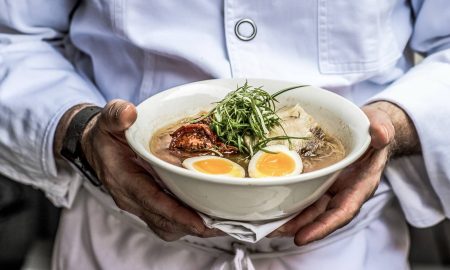
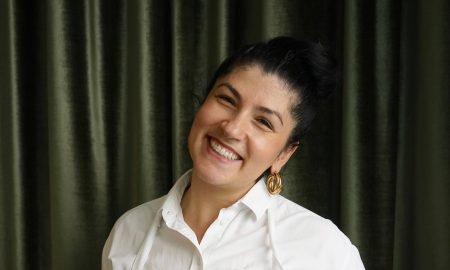
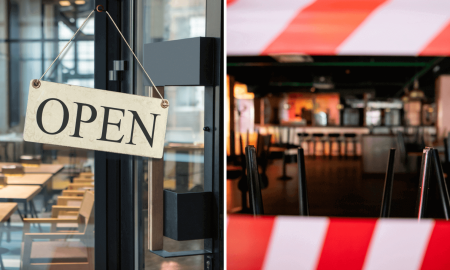
Pingback: Game cuisine - culinary treasures of nature| KTCHNrebel